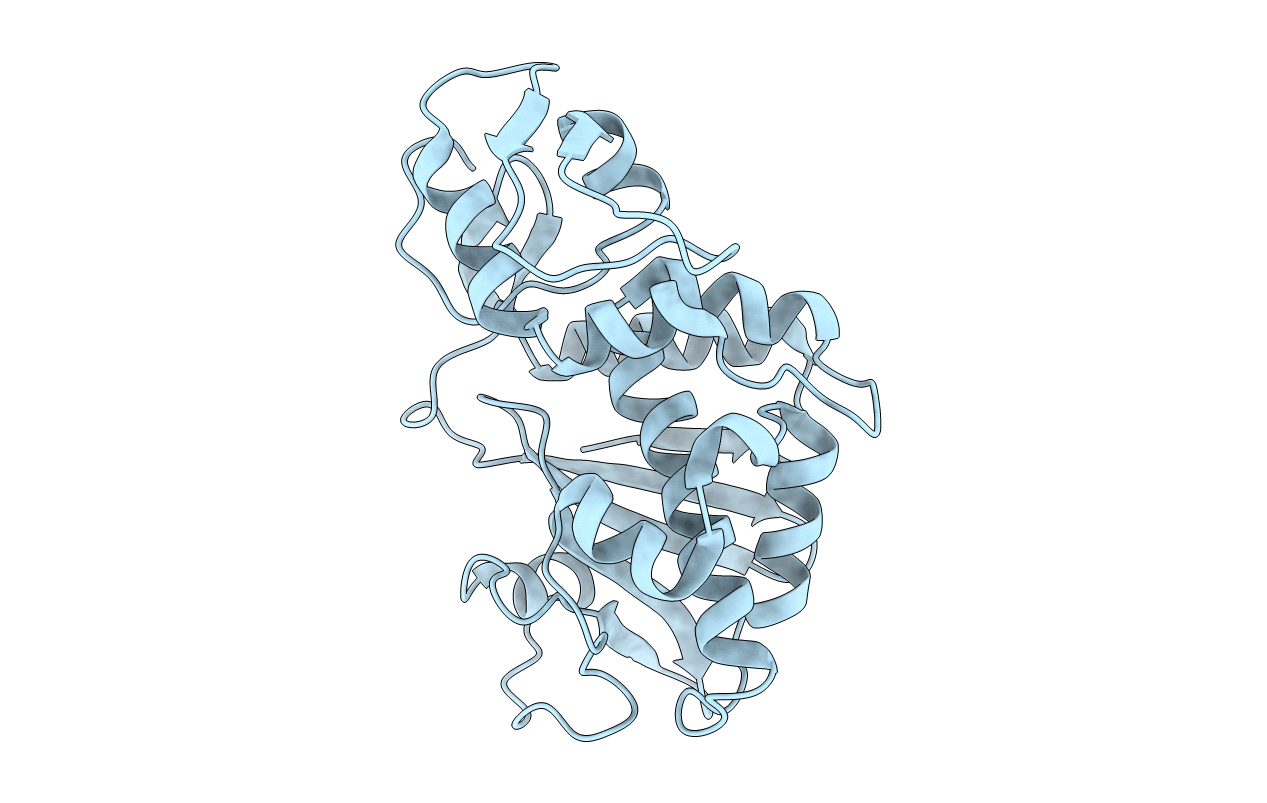
Deposition Date
2002-04-29
Release Date
2003-06-17
Last Version Date
2025-03-26
Entry Detail
PDB ID:
1LLN
Keywords:
Title:
1.6A CRYSTAL STRUCTURE OF POKEWEED ANTIVIRAL PROTEIN-III (PAP-III) WITH METHYLATED LYSINES
Biological Source:
Source Organism:
Phytolacca americana (Taxon ID: 3527)
Method Details:
Experimental Method:
Resolution:
1.60 Å
R-Value Free:
0.24
R-Value Work:
0.20
R-Value Observed:
0.20
Space Group:
P 31 2 1


